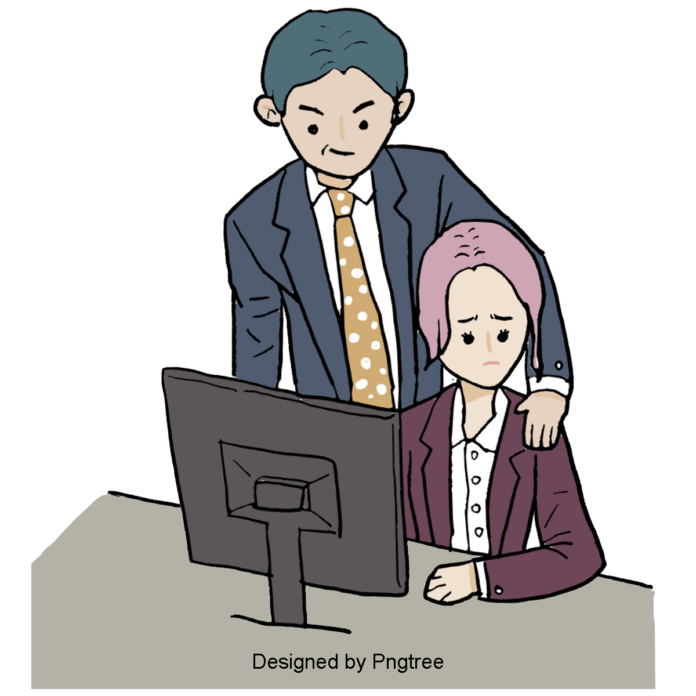1. Evaluate the conduct of Peter Lewiston against the EEOC’s definition of sexual harassment.
Behavior of Peter Lewiston was able to be punished as it is considered as a case of sexual harassment according to the definition of EEOC. According to the definition of EEOC it is unlawful to harass any person both physically and psychologically. Sexual harassment includes unwelcome attitude or requests for sexual favors which incorporates both physical and verbal harassments. Peter Lewiston was harassing Gilbury psychologically and also attacked her physically as he touched her head which made Gilbury very upset. Besides, remarks, cards and roses as presented by Peter are also contributed as sexual harassment objects. Similarly, according to the EEOC sexual harassment definition, harassment does include offensive remarks or comments by any person.
2. Should the intent or motive behind Lewiston’s conduct be considered when deciding sexual harassment activities? Explain.
Yes, motive behind Peter Lewiston’s activities should be considered while deciding his acts as sexual harassment. However it can be clearly observed that remarks made by Peter Lewiston such as ‘very beautiful eyes’ ‘Please forgive me for thinking you could like me. I played the big fool’ and presenting roses and cards reflects his intentions and motives. Besides, the way he stooped Gulbury and touched her head also reflected the intention of Peter Lewiston which shows that it was the case of sexual harassment. Activities, words and actions reflect intentions and motives of persons.
3. If you were the district’s EEOC officer, what would you conclude? What disciplinary action, if any, would you take?
As a district EEOC officer, I would conclude Peter Lewiston as guilty for harassing Guilbury. From all conducts of Lewiston, it can be concluded that he tried to harass Guilbury through both psychological and physical way. As a district EEOC officer, I would take negative employment actions against Peter Lewiston such as termination, loss of wages, failure to promotions etc.
As an EEOC officer I would EEOC takes the whole record of incident including the way of the behavior, and the setting in which the charged episodes happened. I will also identify that whether harassment case is serious or sufficiently pervasive to be illicit.


